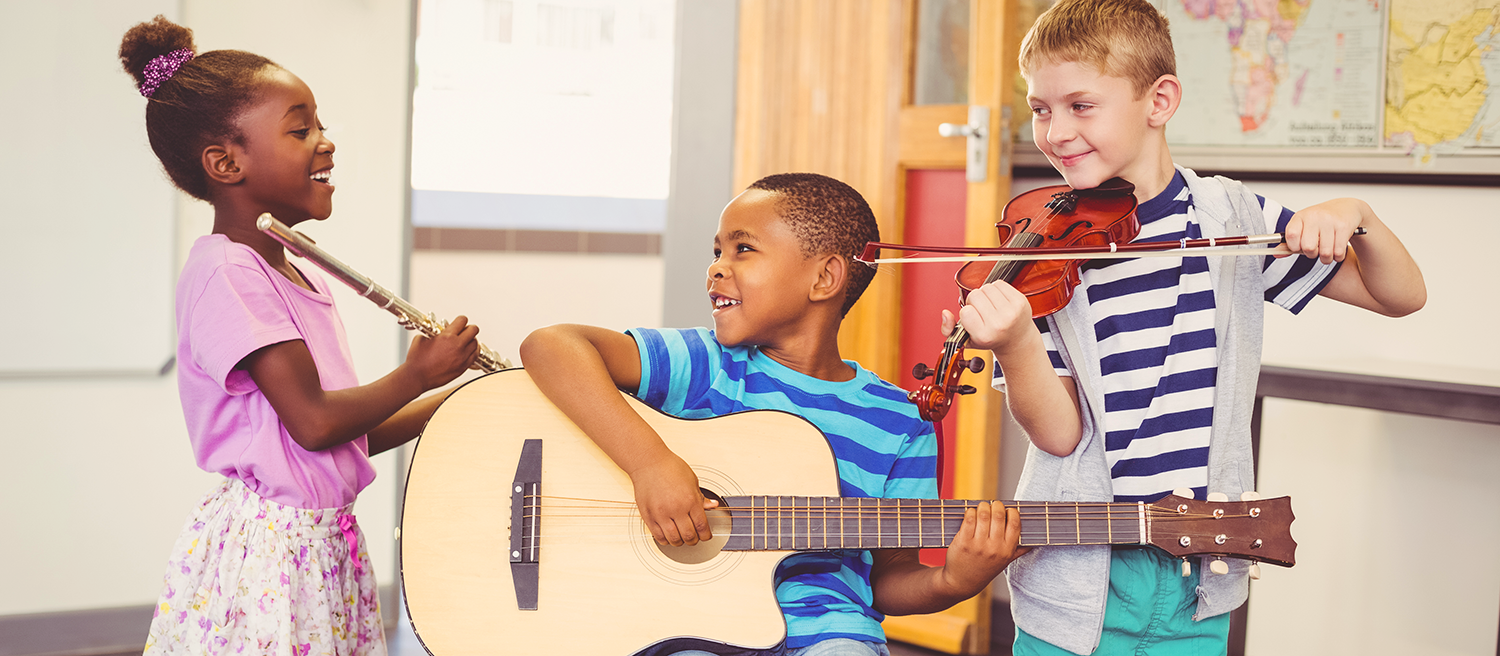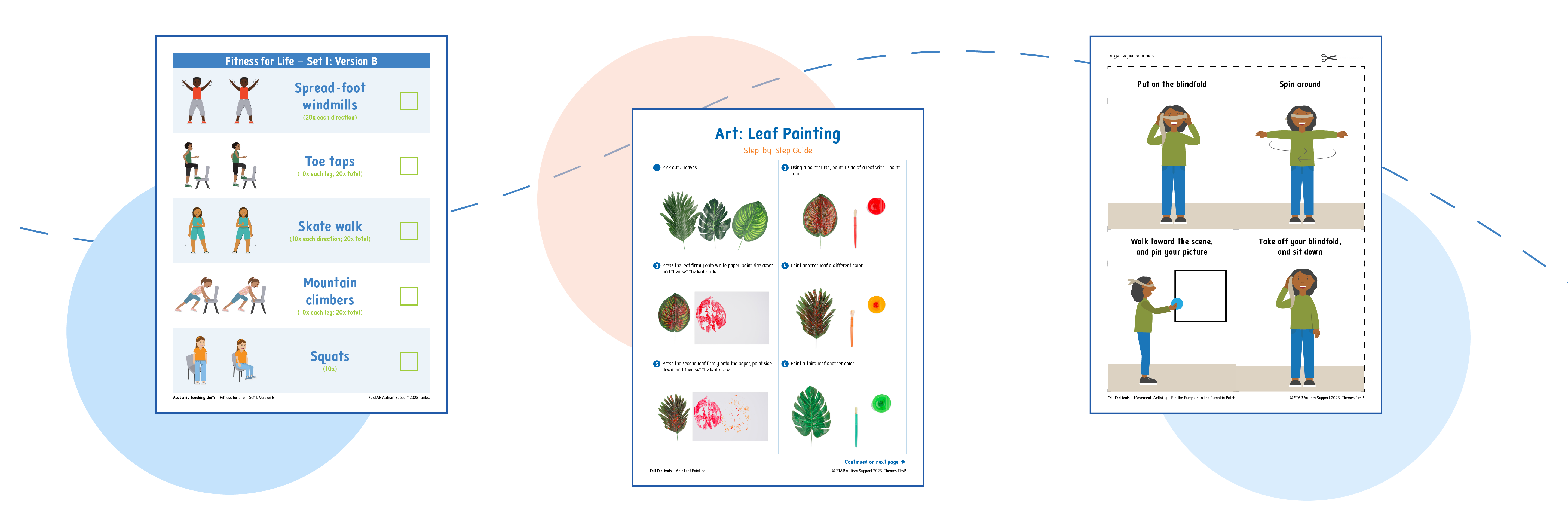October 2025 Newsletter | Supporting Specials for All

Lea este artículo en español aquí.
Supporting Specials for All
Specials classes—like physical education (PE), art, music, and library—offer students unique opportunities for creativity, movement, and self-expression. These subjects often spark joy and engagement, especially for students who may struggle in core academic areas. For neurodiverse learners, including those with autism and other developmental disabilities, specials can be a place to thrive when thoughtful supports are in place.
Inclusion Through Collaboration With the right strategies, students with autism can fully participate alongside their neurotypical peers, fostering a culture of inclusion and belonging. However, many specials teachers who may not have a background in special education often feel unprepared to meet the needs of neurodiverse students. That’s why collaboration and shared resources are essential! We offer several ways to help specials teachers integrate evidence-based practices from STAR Autism Support curricula into their classrooms:
|
Preparing Students for Success Transitions and sensory challenges can make specials classes overwhelming for some students. Here are a few strategies to ease the experience:
|
Explore Our Specials Content We’ve developed content specifically designed to support neurodiverse learners in specials classes. From music and art to exercise routines, our resources are tailored to meet students at a variety of levels. Media Center subscribers can access a full set of specials materials in the new Specials routine unit in Routine Essentials! You’ll find resources like this “Music Class” Social Script (English | Español) and more for specials like PE, library, music, art, and technology. Check out some examples of movement, art, and music in Themes First! and Links Academic Teaching Units (ATUs)!
|
Ready to learn more?
Stay tuned for more STAR resources like our upcoming FREE webinars to learn more about topics like supporting specials!


